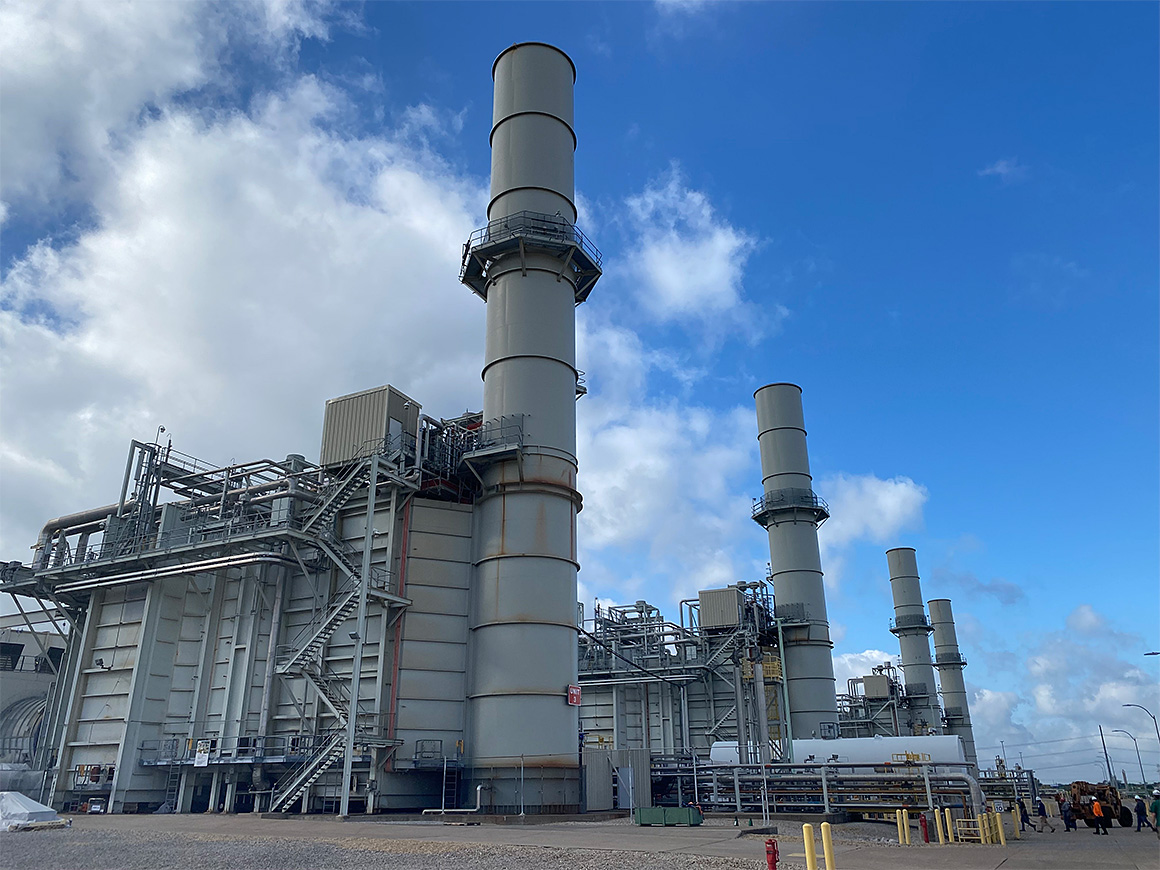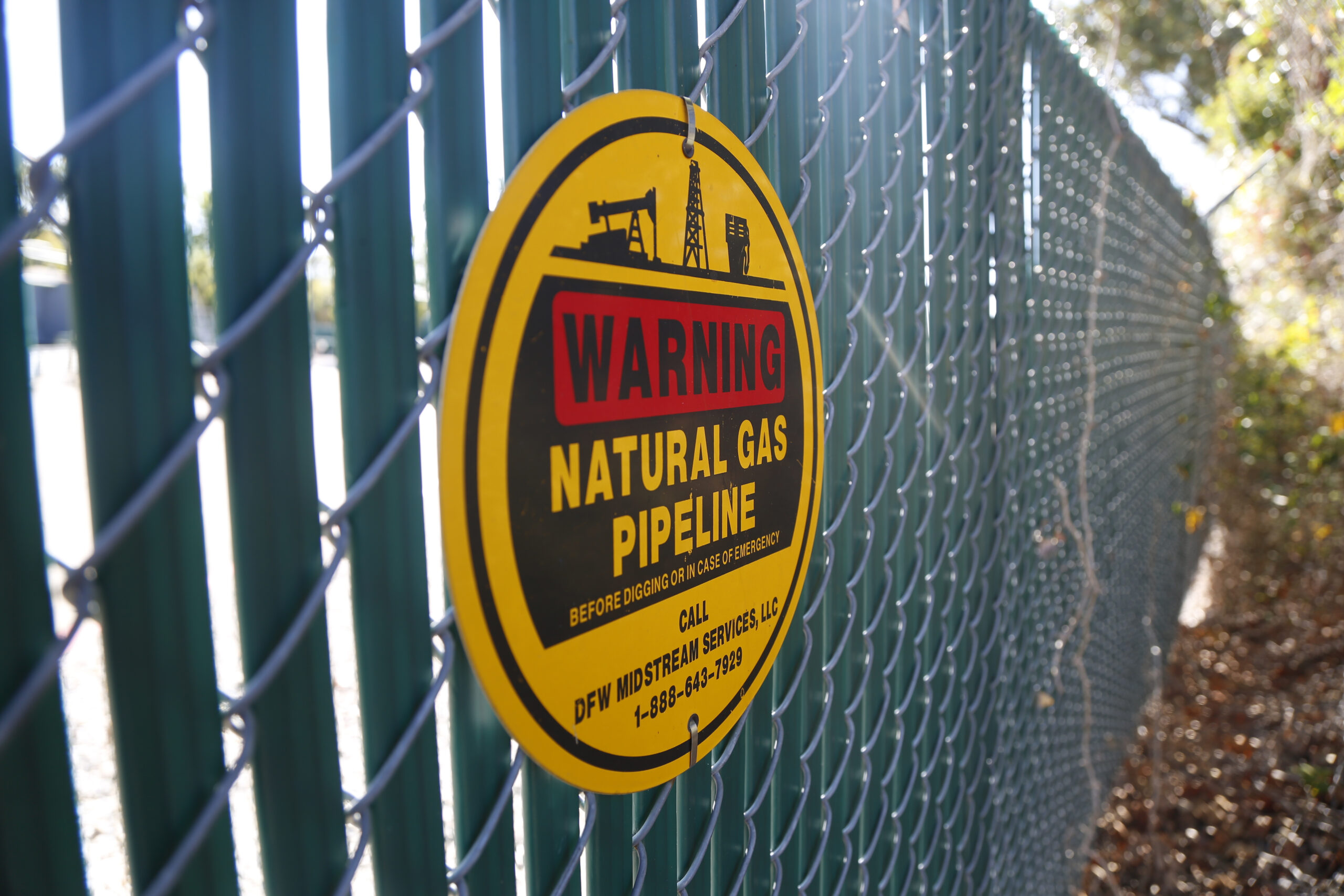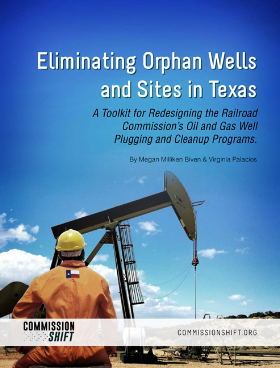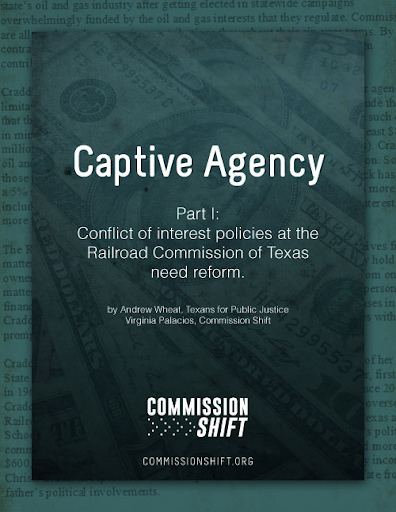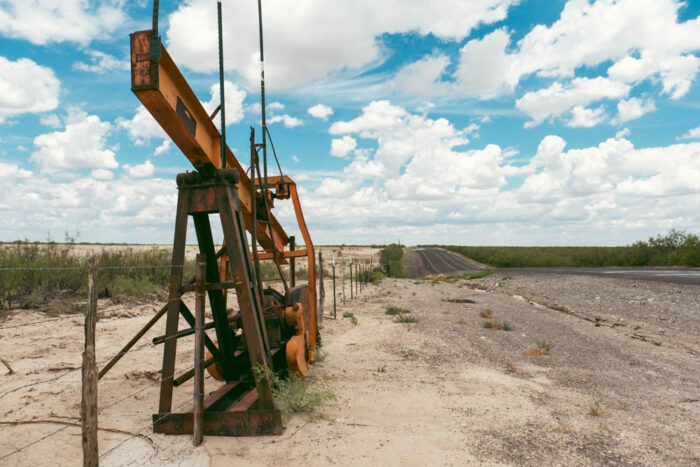Since a deadly February 2021 freeze interrupted the flow of natural gas to power plants across Texas, state regulators have inspected gas facilities to see if they’re prepared for winter.
But an E&E News analysis of state weatherization records found that few operators have been written up for violations beyond paperwork, raising questions about how thorough and effective Texas’ efforts have been.
Data provided by the state Railroad Commission, which oversees Texas’ vast oil and gas network, shows that only 222 of more than 7,000 natural gas facilities designated as critical infrastructure last winter were cited for problems.
All but 10 of the citations went to operators that didn’t fill out weatherization forms by a December 2022 deadline. The others were for sites that failed to implement any weatherization practices. None of the violations obtained through an open records request included specific equipment issues, such as failing to insulate pipes or replace old valves, although details about most of the sites were included in inspectors’ comments.
Weatherizing critical natural gas infrastructure has become a focal point of conversations about how to prevent power outages in severe weather events across the country. It gained urgency after more than 240 people died in Texas in 2021 because of Winter Storm Uri, which caused widespread energy problems and outages. Critics say if Texas is not being thorough with inspections, it could set the state up for another crisis.
“It does make you wonder, was there anything actually implemented on these sites, or was it just really paperwork problems?” said Virginia Palacios, executive director at Commission Shift, a nonprofit advocacy group that aims to reform the Railroad Commission of Texas.
In a response to E&E News questions about the inspection data, Railroad Commission spokesperson RJ DeSilva said many factors come into weatherizing natural gas facilities — and that the agency’s mission includes protecting Texans.
“Rest assured — rule requirements and our inspections across Texas work to help ensure that gas flows for electricity and heating … as was the case during last winter’s storms,” DeSilva wrote in a statement.
Two of the three commissioners who serve on the state’s Railroad Commission — Wayne Christian and Jim Wright — did not respond to requests for comment. The third, Chair Christi Craddick, declined to comment through a spokesperson. All three are Republicans.
After Uri stuck, Texas lawmakers approved laws that required the Railroad Commission and the state Public Utility Commission, which oversees the state’s electric system, to make changes. Chief among them was S.B. 3, which passed in 2021.
That measure mandated that the Railroad Commission help identify natural gas infrastructure that’s critical to natural gas-fueled power plants. It also required the Railroad Commission to adopt rules that include “measures a gas pipeline facility operator must implement” in order to be prepared for extreme weather conditions, if those facilities serve power generation needs.
But parts of the Texas Administrative Code that dictate how critical natural gas infrastructure needs to be weatherized for winter storms are much less specific and prescriptive than other sections of the code.
Take TAC 3.13, which governs well casings, cementing, drilling and other factors. It sets out statutory requirements for the diameter of wellbores in relation to casings, how operators need to test cement casings, mandates blowout preventer systems and requires base cement to meet certain standards laid out by the American Petroleum Institute. Other code sections that relate to well plugging are similarly narrow.
The rules that required winter weatherization to be updated after the February 2021 freeze — TAC 3.65 and 3.66 — are much broader. The only specific requirement included in those rules is that operators file an attestation with the Railroad Commission, self-reporting that they have prepared for winter weather.
TAC 3.66 says weatherization of a facility must include “methods a reasonable operator would take given the type of facility, the age of the facility, the facility’s critical components, the facility’s location, and the weather data for the facility’s county or counties such as data developed for the Commission by the state climatologist.”
The Railroad Commission has published a guidance document of best practices for weatherization, which is available on its website. While that document is detailed about various efforts that operators should take, none of those are mentioned in the rules or are required to be implemented, DeSilva said in a statement.
“The purpose of the guidance document is to provide operators common practices and considerations related to weatherization,” he wrote. “Weatherization is not ‘one size fits all.’ Types of weatherization depend on factors such as geographic location of the facility, the type of facility, the volumes of product produced/transported/stored, amongst other variables.”
Additional records provided by the Railroad Commission included comments from inspectors noting weatherization measures they observed at 255 locations. But the comments didn’t cover sites on the state’s violation list.
Of the 255 entries reviewed by E&E News, 21 were blank. The others varied from paragraphs of detailed information to three-word sentences, including seven that read only “Routine inspection completed.”
It is true that every well site is different and there is variation in climates across the state, said Hugh Daigle, a petroleum engineering assistant professor with the University of Texas, Austin.
“Some of that vagueness is how it has to be, but I think it’s giving the operators a lot of leeway here to do what they want to do,” he said.
The inspector notes showed some operator shortcomings that were not written up as violations. Five of the comments indicated that no physical weatherization measures had been implemented on location — but did not give a reason as to why they were not implemented.
Inspectors for five of the sites, including four locations where inspectors said there was no physical weatherization, said the operators had attested that their flares would be upgraded. But the inspectors found that the sites did not have flares, which can be used to burn natural gas in case of high pressure or an emergency.


